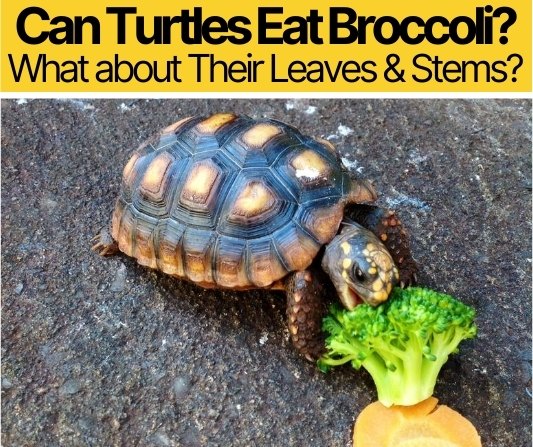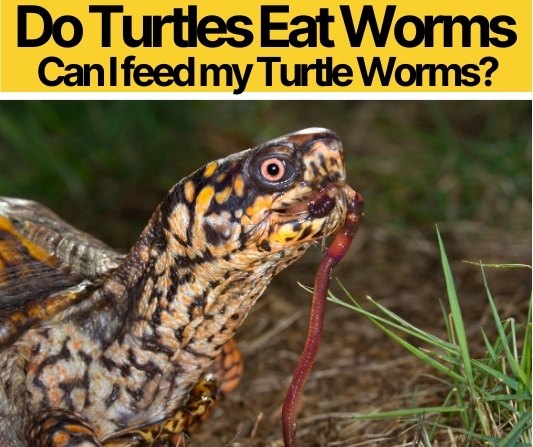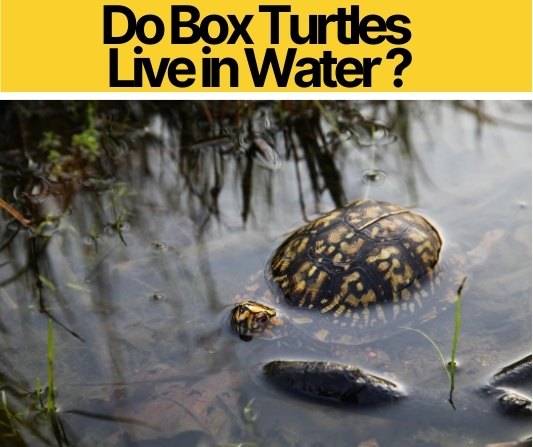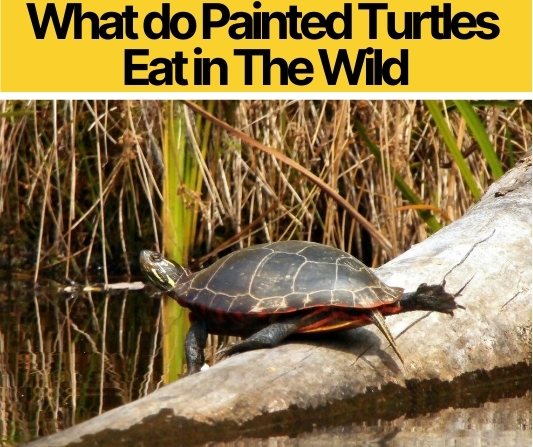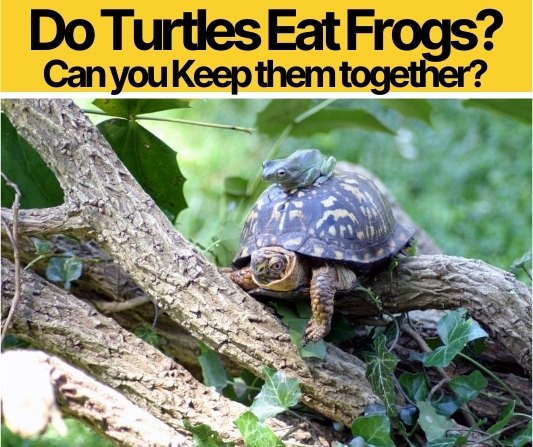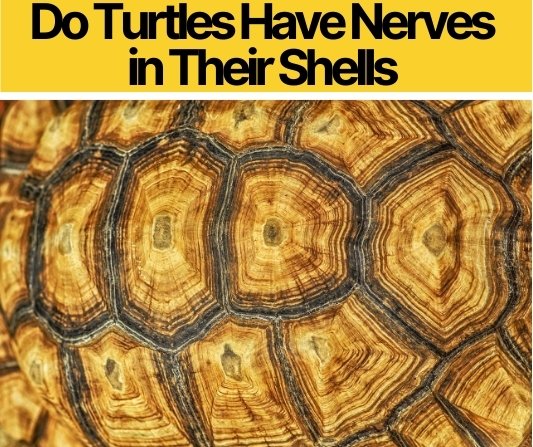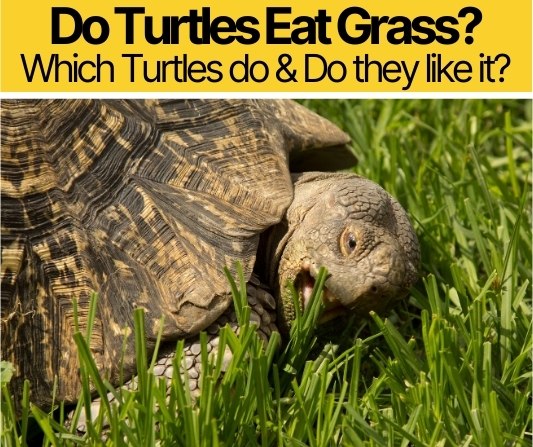 A turtle’s diet can vary from species to species, but most interesting is that their diet can even change throughout their lives.
A turtle’s diet can vary from species to species, but most interesting is that their diet can even change throughout their lives.
Some turtles are carnivores that only feed on other animals. Some are herbivores surviving solely on a vegetarian diet. Others are omnivores, that eat animals & Veggies/Grass.
When feeding turtles, it is important to understand their dietary needs and at what stage they are in their process of maturity as that heavily impacts their diet.
Do Turtles Eat Grass?
Turtles do eat grass, for the turtles who are omnivorous and herbivorous, grass is a staple to their diet. But this may depend on the turtle as there are about 300 species, all with their own dietary preferences that also depend on the turtle’s natural habitat and surroundings. It is quite common for young turtles, especially young aquatic turtles, to be predominantly carnivorous. As they grow and age, they switch to a more balanced diet of both animal protein and vegetation. Then, later in life, it is quite possible for turtles to make the full switch to a vegetarian lifestyle.
Of course, this varies, some species are solely herbivores, while some never progress out of the herbivorous stage. This also depends on the turtles’ size and the kind of jaw it has for chewing, but the grass is almost always on the menu.
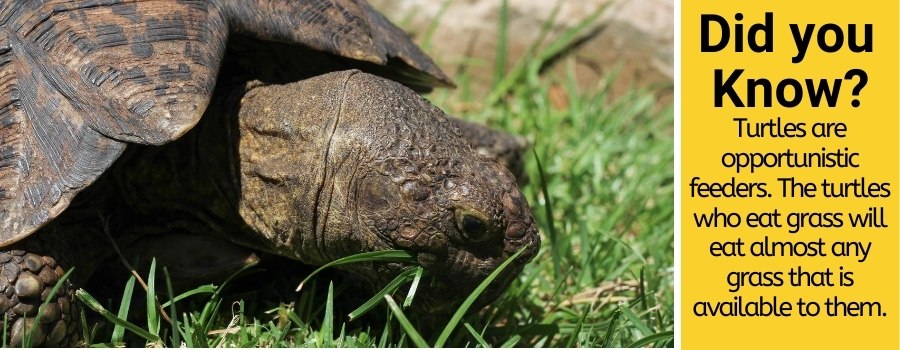
What Kind Of Grass Do Turtles Eat?
Turtles will mostly eat the type of grass found in their natural habitat. For example, sea turtles will opt for seagrass, land turtles will enjoy alfalfa, arugula, buffalo grass, or dandelions. You might be surprised to hear that turtles will even chow down on the grass you simply have growing in your backyard. Turtles aren’t picky, and in the wild will eat whatever is available to them, so you don’t have to break your back trying to find the most expensive of succulent grass to feed your turtle. It is just important that any grass you do feed them is safe and free of chemicals.
Do Turtles Like Grass?
Turtles love grass. In fact, turtles are great eaters. Their diet consists of a variety of foods, especially since most of them are omnivores. Fruits, herbs, grass, insects, jellyfish, they are down to eat it all. However, just because they like grass, and it is easily available, does not mean it should be the only thing they eat. As mentioned, in the wild, turtles’ diets are incredibly diverse and exciting. So this variety needs to be kept when keeping turtles as pets. You want to make sure to switch things up for them, and that includes the type of grass you feed your turtle. Turtles enjoy alfalfa, a variety of herbs such as arugula and basil, Rice grass, Klein grass, you name it.
Grass may look just like every other grass to us, but then again, we don’t have to eat it, so we wouldn’t know the difference between backyard grass and bison grass. But let’s put it this way. I am a big fan of French fries; I absolutely love them. And while I hate to admit it, I think if I could only eat French fries every day, not even a different type of potato like hash browns or cheesy wedges, just French fries, I think I’d grow to hate them eventually. The same thing goes for turtles and grass. Switch it up!
Which Turtles Eat Grass And Do All Turtles Eat It?
As we have learned, there are about 300 species of turtles and not all live in the same place. Some live in the sea, some predominantly on land, and that means that their diets vary depending on their habitat. Additionally, while most turtles enjoy a balanced diet of meat and veggies, some turtles, especially massive ones such as leatherbacks, are carnivorous and cannot get all the protein they need solely from plants. So, lets take a look at some different species, their diets, and whether grass is on their menu.
Do Snapping Turtles Eat Grass?
Firstly, the common snapping turtle is almost entirely an aquatic turtle and inhabits semi-permanent and permanent bodies of water such as swamps, lakes, marshes. Basically, any slow-moving body of water with muddy or sandy bottoms. As omnivores, they eat both plant and animal matter. Plant matter only accounts for about a third of their diets which include spiders, worms, small fish, and yes, any sort of grass that can be found in or around their habitat.
Do Box Turtles Eat Grass?
Box turtles, similar to the snapping turtle, are omnivores, so rely on a variety of food for nutrients. This includes worms, insects, fruit, and berries. While they do occasionally eat grass, it has been observed that they mostly use grass to hide and prey on insects and smaller animals. They much prefer other vegetation and use grasslands as more of a hunting ground. This doesn’t mean they won’t eat grass; they will eat whatever smells good but given the choice between grass or some juicy berries, they would probably go for the berries.
Do Painted Turtles Eat Grass?
Painted turtles in the wild hunt along water bottoms and their diet changes as they grow. When young their diet consists of about 13% vegetation. As adults about 88% of their diet is plant matter. That being said, painted turtles prefer dark and leafy greens such as lettuce, parsley, and dandelion greens. As aquatic turtles, they will also eat algae, small fish, and any other form of vegetation and animal protein found in bodies of water. In this case, grass is not part of a staple diet for a painted turtle.
Do Sea Turtles Eat Seagrass?
Sea turtles are known to be omnivores and depending on size, usually need a balance between animal protein and sea vegetation. That being said, sea turtles thoroughly enjoy seagrass, algae, as well as any other plants that can be found underwater. The green sea turtle, for example, gets its name from the fact that they become herbivores later in life. As youngsters, they will feed on a variety of fish, jellyfish, seagrass, and crustaceans, but as they transition into adulthood, will stick to a vegetarian diet of seagrass and algae, which is how their turn so green!
Do Turtles Eat Flowers?
Turtles diets are really colorful and vibrant, so it should come to no surprise that some turtles love flowers! It should not make up a majority of their diet. If anything, all the research shows that even for omnivorous turtle, only about one-third of their diet consists of plant matter. The majority should be made up of animal protein, and for the third that is made up of vegetables consists of a wide variety of fruits, leafy greens, herbs, and other plants. Additionally, not all flowers are safe for turtles to eat, but some of the flowers they can eat include roses, carnations, geraniums, dandelions, and others. It is important to do your research before providing your turtle with any flowers as some may be dangerous. For example, flowers like daffodils, rhododendrons, and lilies are poisonous and severely toxic to box turtles.
When keeping turtles as pets it’s important to understand what their habitats are like in the wild and what kind of food would be available to them if they weren’t kept as your pet. It is then our responsibility to provide them with food similar if not exactly the way they would find them in the wild. I think we can all take some advice from turtles. They know how to bring variety and excitement to their meals. Fish, crustaceans, insects, flowers, grass, fruit, is all included in their diet and keeps them healthy and ensures they get a wide range of nutrients that keep them living for a long time. So maybe it’s time to reflect and look at your own diet, does the food on your plate look as colorful?

